How to Make your Brand Stand Out
Being a newbie in any industry is tough, most especially in the cutthroat world of food and bever-ag...
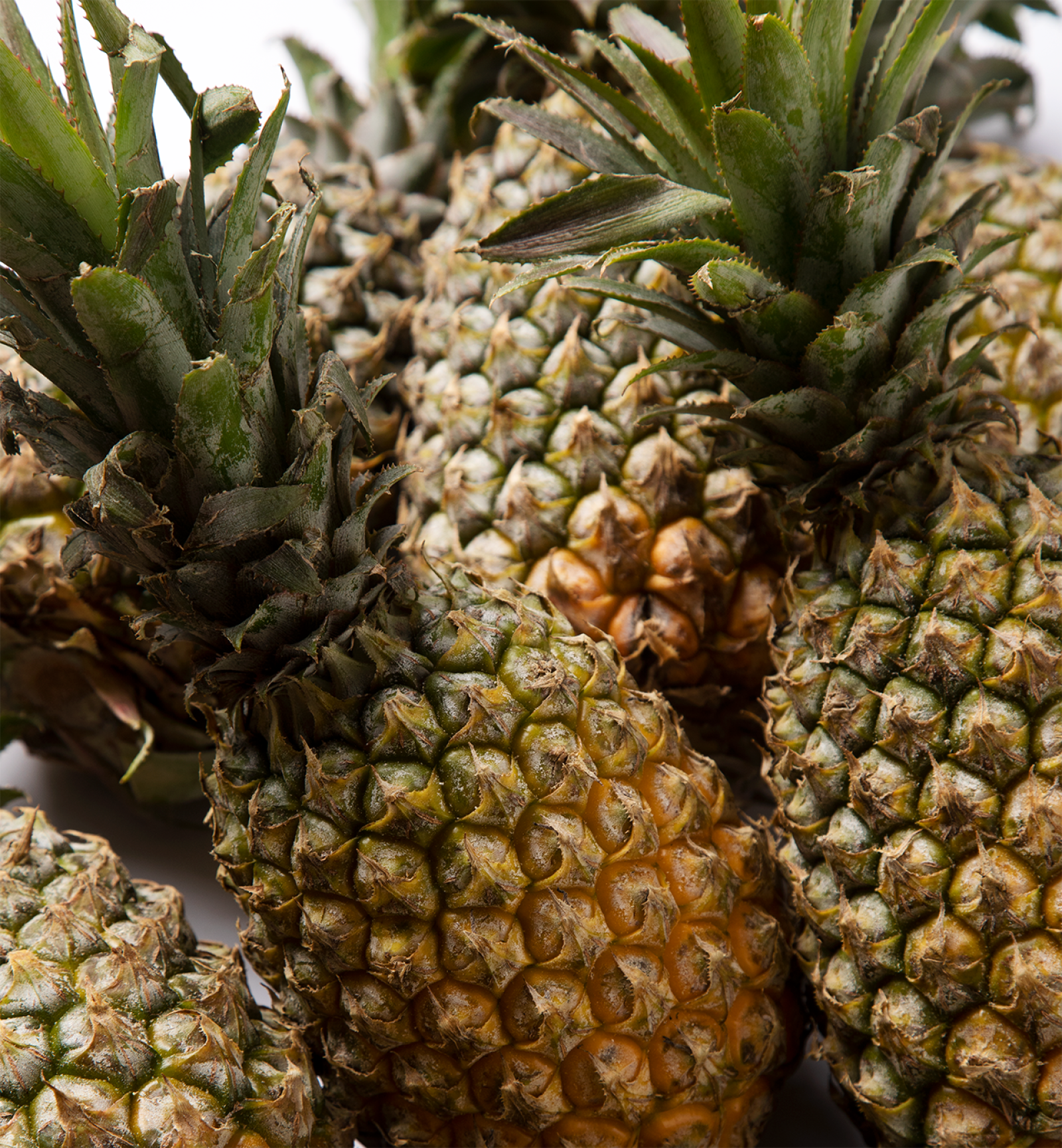
November 24, 2022
Top Food Crop Exports of The Philippines
Based on the Agricultural Indicator System submitted by the Philippine Statistics Authority last September 2020, these are the most sellable Philippine food crops exported throughout the world. Not only are we sending fresh produce that meet global standards, but we have started manufacturing products that add value to these crops too.
Top Food Crop Exports of The Philippines
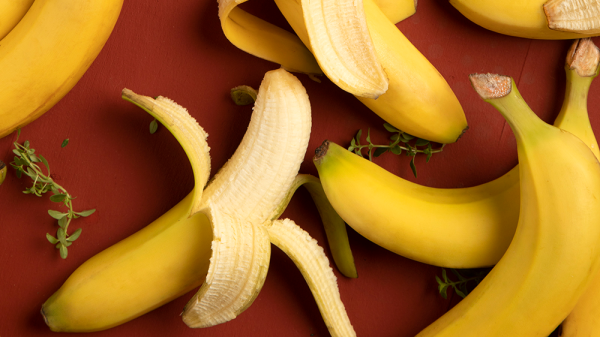
Banana
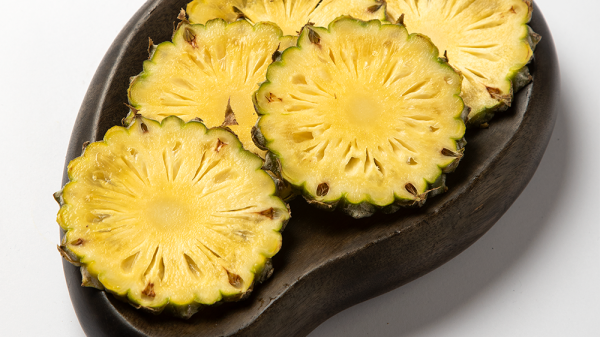
Pineapple
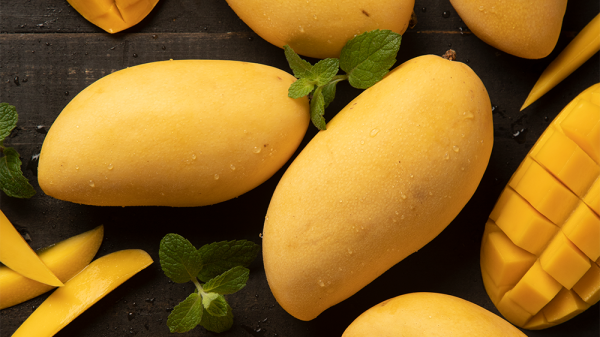
Mango
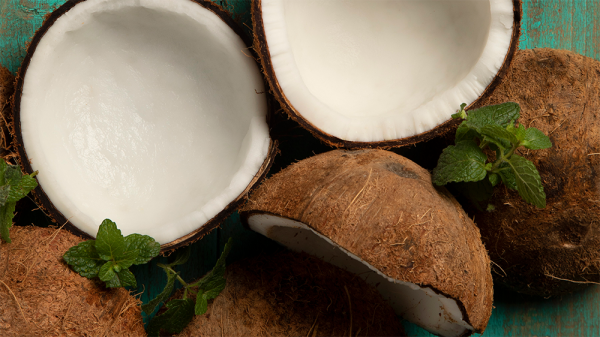
Coconut
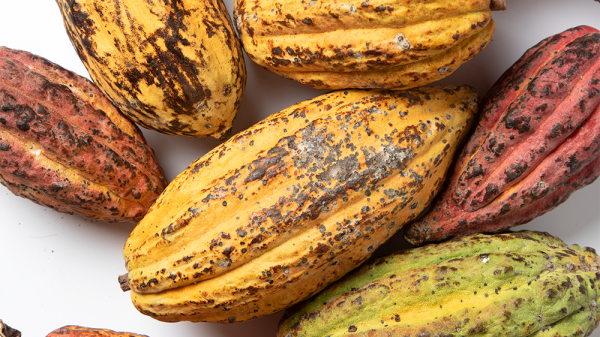
Cacao
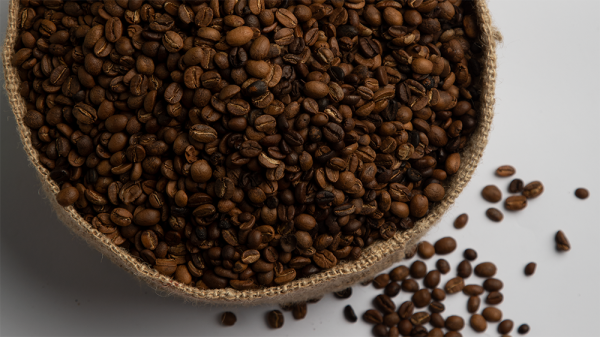
Coffee
Check out these food fusions between Filipino and Middle Eastern cuisines
The unending quest for healthy and sustainable food amid changing lifestyles
A quick look at the Philippine food staple often getting a bad health rap